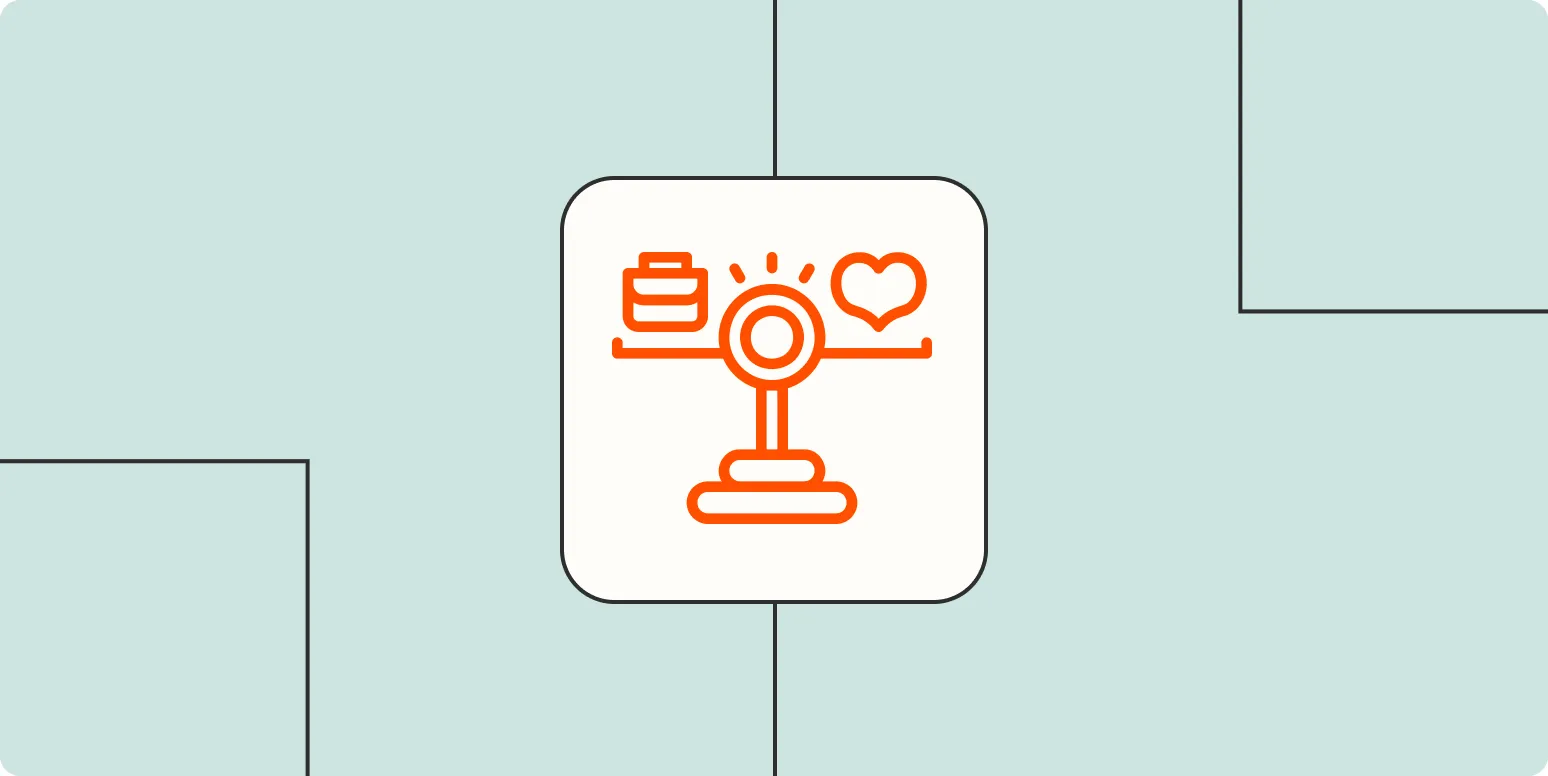Understanding Different Work Styles
When it comes to achieving productivity and job satisfaction, understanding your work style is crucial. There are three primary work styles that people tend to gravitate towards: ''collaborative'', ''independent'', and ''flexible''. Each style has its own set of strengths and weaknesses, making it essential to choose one that aligns with your personality and job requirements. Below, we will explore these three work styles, complete with a comparison chart to help you decide which one works best for you.
1. Collaborative Work Style
The ''collaborative work style'' thrives on teamwork and group dynamics. Individuals who prefer this style enjoy brainstorming sessions, group discussions, and collective problem-solving. They often find motivation in shared goals and the synergy created by working with others.
''Strengths'' of a collaborative work style:
- Enhanced creativity through diverse perspectives
- Stronger relationships with colleagues
- Increased accountability and motivation
''Challenges'' of a collaborative work style:
- Potential for groupthink
- Difficulty in decision-making due to consensus requirements
- Time-consuming meetings
If you enjoy bouncing ideas off others and find that teamwork enhances your performance, the collaborative work style may be the right fit for you.
2. Independent Work Style
The ''independent work style'' is characterized by self-reliance and autonomy. Individuals who prefer this style excel when given the freedom to tackle tasks on their own. They thrive in environments where they can focus without interruption and take full ownership of their work.
''Strengths'' of an independent work style:
- High levels of personal accountability
- Ability to work efficiently without distractions
- Enhanced creativity through personal exploration
''Challenges'' of an independent work style:
- Risk of isolation and lack of social interaction
- Difficulty in seeking help or collaboration
- Potential for procrastination without external deadlines
If you find that you are more productive when working alone and prefer to have control over your tasks, the independent work style may suit you well.
3. Flexible Work Style
The ''flexible work style'' combines elements of both collaborative and independent approaches. Individuals who adopt this style are adaptable and can switch between working alone and collaborating with others as needed. This versatility allows them to thrive in dynamic environments where priorities can change quickly.
''Strengths'' of a flexible work style:
- Ability to adapt to varying work situations
- Balance between teamwork and solo projects
- Enhanced problem-solving skills through diverse approaches
''Challenges'' of a flexible work style:
- Potential for role confusion in team settings
- Difficulty in time management when switching tasks
- Possible lack of deep focus due to constant change
If you enjoy a mix of collaboration and independence and can adjust your work style based on the task at hand, the flexible work style might be ideal for you.
Choosing the Right Work Style for You
Now that you have a clearer understanding of the three work styles, how do you choose the one that works best for you? Here are some steps to guide you:
1. Self-Assessment
Take time to reflect on your past experiences in different work environments. Consider questions like:
- Do I thrive in team settings, or do I prefer working alone?
- How do I feel about shifting between tasks and responsibilities?
- What types of tasks energize me most?
2. Evaluate Your Job Requirements
Different jobs may require different work styles. For instance, a creative role may benefit more from a collaborative approach, while a research position might favor independence. Analyze your current or prospective job to see what work style aligns best with its demands.
3. Experiment and Adapt
Don’t hesitate to try out different work styles in your current role. For example, if you normally work independently, try collaborating with colleagues on a project. Alternatively, if you usually work in teams, dedicate some time to focus on individual tasks. This experimentation will help you gain insights into what you enjoy most.
Conclusion
Choosing the right work style can significantly impact your productivity and job satisfaction. Whether you identify as a ''collaborative'', ''independent'', or ''flexible'' worker, understanding your strengths and challenges will enable you to create a working environment that maximizes your potential. Remember to be open to change and willing to adapt as your career evolves.
Comparison Chart of Work Styles
| Work Style | Strengths | Challenges |
|---|---|---|
| Collaborative | Enhanced creativity, stronger relationships, increased accountability | Groupthink, decision-making difficulties, time-consuming meetings |
| Independent | High accountability, efficiency, personal exploration | Isolation, difficulty seeking help, procrastination risks |
| Flexible | Adaptability, balance, enhanced problem-solving | Role confusion, time management issues, lack of focus |
Knowing your ''work style'' will empower you to create a fulfilling professional life. Take the time to evaluate, experiment, and find the best fit for your unique talents and preferences.





